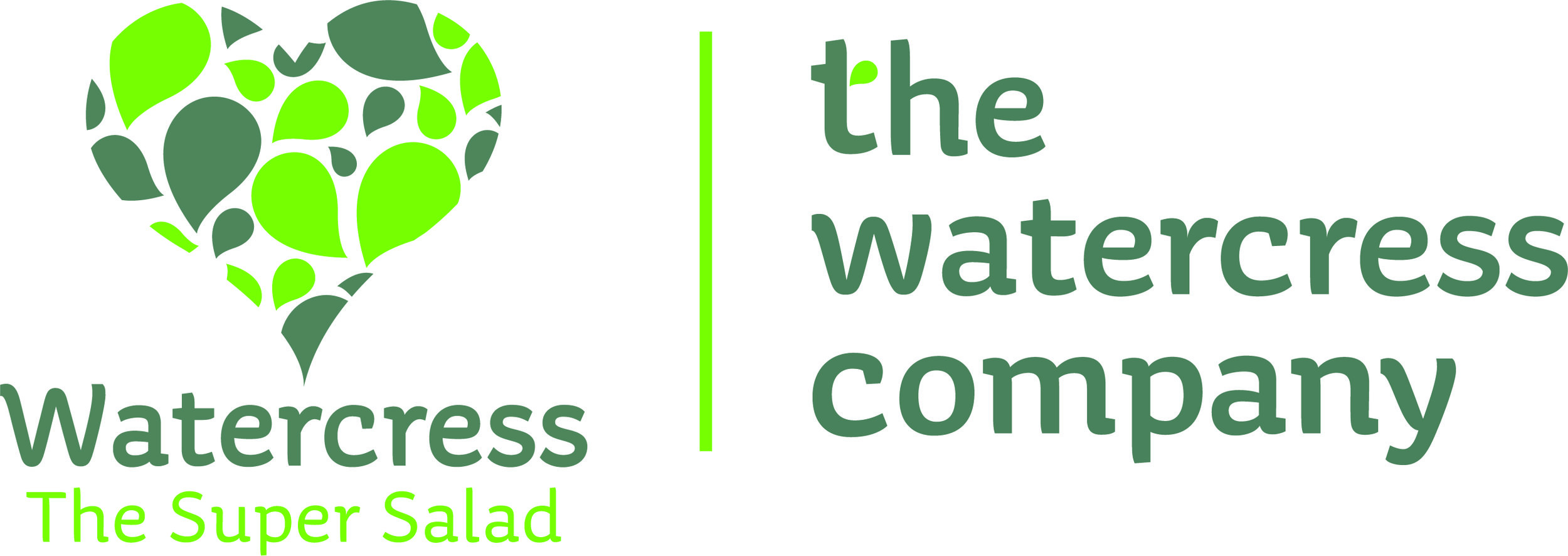The P story - How it began...
Watercress farmers, in common with many other farmers, have over the years used plenty of phosphate fertiliser to grow their crops.
It became apparent in the mid 2000s that the Environment Agency (EA) was likely to set a limit on the discharge of phosphate fertilisers from watercress farms. This was perceived as a threat to the watercress industry, so funding was sought from what was then the HDC to carry out research in to the amount of phosphate that was required to grow a crop of watercress. This trial work, which was published in 2007, showed that the amount of phosphate that was currently being used on watercress was the amount that was necessary to grow the crop to provide sufficient yield to make it economic, and also of sufficient quality to meet the demands of the market.
The industry (in the guise of the NFU Watercress Association) then defended this position with the EA in a series of meetings between 2007 and 2013, with several discussions about the levels of phosphate that could be achieved and what was wanted by the EA. These two positions were poles apart during these conversations.
The Watercress Company had a change of management in 2008, and the new Managing Director realised that more would need to be done to reduce the amount of phosphate used. On farm trials were carried out to look at what might or might not be possible. In the meantime the NFU Watercress Association continued to battle with the EA with very little progress being made by either side.
The main game changer came in a meeting with the EA in 2013 at their offices in Reading. They started to play hardball and told the industry that they would have to be compliant with a new phosphate limit for all watercress farms discharging into tributaries of the River Itchen (designated as a Special Area of Conservation under European law) and that it would be set at a very low level so as to minimise the effect on the environment.
Between 2009 and 2013, The Watercress Company had already successfully reduced their phosphate usage by 65% by reducing the quantity applied to the minimum level possible to grow a crop, but it became apparent that these reductions would not be enough to meet the potential new EA targets.
The meeting in 2013 also dropped another bombshell on the industry. The EA told the industry that a limit would also be set for ammoniacal nitrogen in its discharge water which essentially meant a ban on the type of fertiliser which was most widely used.
The Watercress Company took up this challenge and immediately stopped using any nitrogen on its crops grown in Hampshire to see if it could be done. What happened surprised us all as the crop showed very little effect from the reduction in nitrogen. It may have taken a little longer to grow, but quality and colour were not affected to any great extent. As a result of this we have now stopped using nitrogen on any of our crops, no matter where they are grown. The watercress crop is able to get the nitrogen it needs from the water. In the area around Alresford, the groundwater is already fairly high in nitrogen as a legacy from agriculture 40 years ago, so the watercress crops are actually stripping this N from the water meaning that we are able to return it to the river with lower quantities of nitrogen than it had when it came out of the ground.
The next phase of work needed was to further reduce the amount of phosphate used.
The story will be continued……….
